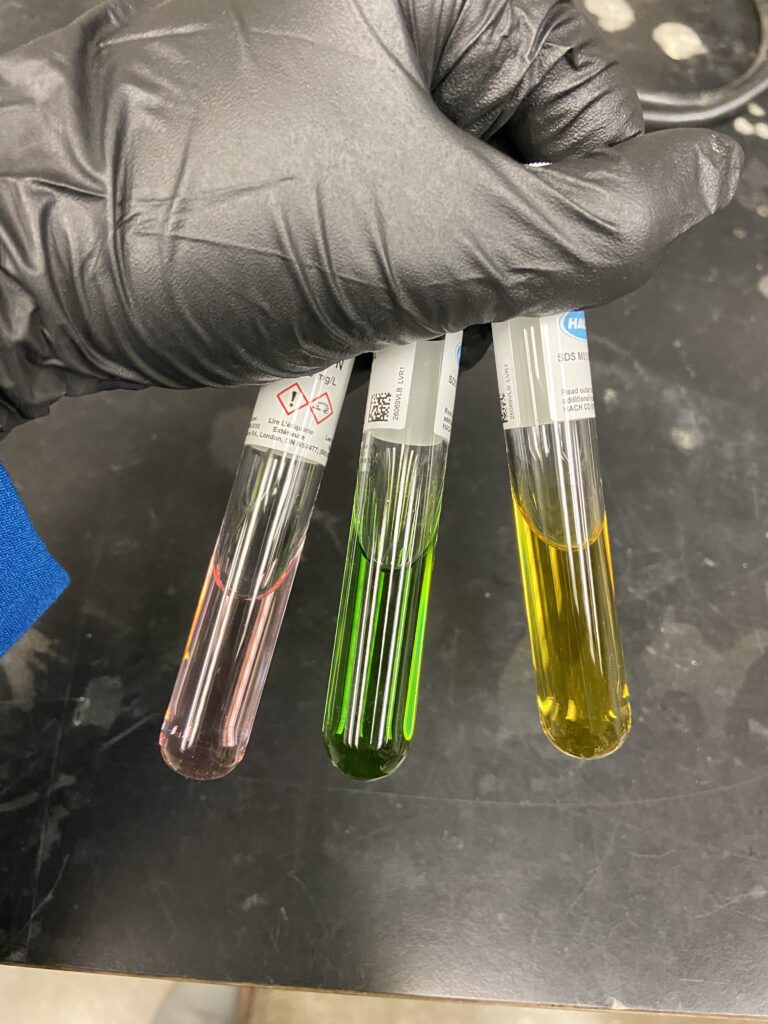Research


AFFF and PFAS Bioremediation
Poly- and perfluoroalkyl substances (PFASs) are key components in aqueous film forming foams (AFFFs), complex chemical mixtures typically containing fluorinated and hydrocarbon surfactants. AFFFs have been widely used since the 1960s to extinguish hydrocarbon fuel fires and prevent re-ignition. PFASs are also found in a wide variety of household and industrial materials. These compounds are environmentally persistent, bioaccumulative, and toxic to humans and animals. In 2024, the EPA officially regulated the level of six PFAS species in drinking water, and also designated perfluorooctane sulfonate (PFOS) and perfluorooctanoate (PFOA) as hazardous substances.
While the use of several PFAS has been discontinued, repeated AFFF application in unlined pits at firefighting training facilities led to high levels of PFAS in groundwater and soils. These sites are often also contaminated with other halogenated solvents or stabilizers such as dioxane or trichloroethene (TCE). Several studies have explored biotransformation and remediation strategies for AFFF-derived PFAS, but few have evaluated the impact of PFAS biotransformation and remediation on common co-contaminants or the local ecosystem.
Our research seeks to
- Evaluate the interactions between PFASs and common co-contaminants,
- Understand the fate and transport of PFAS during biotransformation or remediation, and
- Identify effective biological and chemical treatment strategies for PFAS and other halogenated pollutants.
Previous Research
Nitrogen Removal from Wastewater by Anammox
Arsenic Remediation
Trichloroethene (TCE) Remediation
